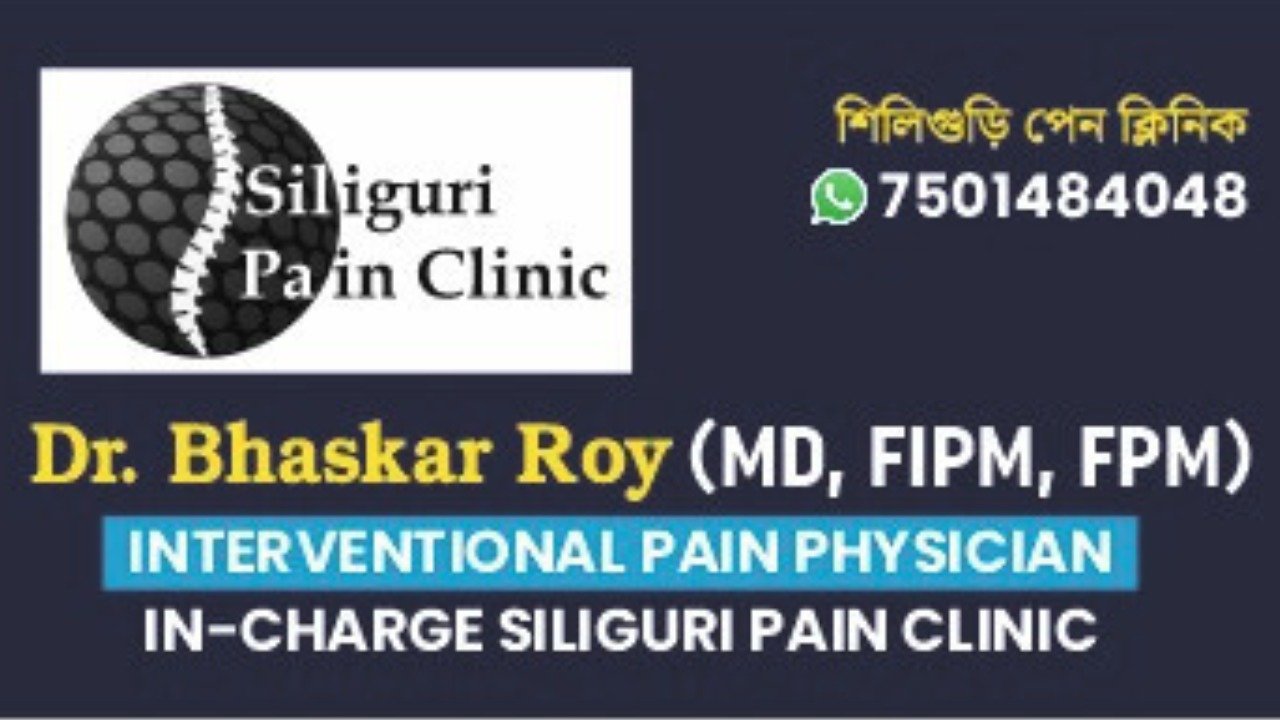
What is Platelet-Rich Plasma (PRP)?
Platelet-rich plasma, or PRP, is a special treatment that uses a person’s own blood to help heal injuries or other health conditions. Blood has different parts, including plasma (the liquid part) and platelets (tiny cells that help heal wounds). PRP is made by taking a sample of blood, spinning it in a machine to concentrate the platelets, and then using this concentrated platelets-rich plasma for treatment.

How is PRP Made?
-
Blood Sample: A small amount of blood is taken from the patient.
-
Spinning the Blood: The blood sample is placed in a machine called a centrifuge, which spins it really fast. This separates the blood into different parts.
-
Collecting Platelets: The part of the blood that has a lot of platelets is collected. This is the PRP.
-
Injection: The PRP is injected into the area that needs healing, like an injured knee or a scalp with hair loss.
What is PRP Used For?
Sports Injuries
PRP can help heal injuries in tendons, muscles, and ligaments. For example, athletes with conditions like tennis elbow or knee injuries might use PRP to heal faster.
Hair Loss
PRP can be injected into the scalp to help with hair loss. It can help both in preventing hair loss and in promoting new hair growth.
Cosmetic Treatments
PRP is sometimes used in cosmetic procedures to help rejuvenate the skin. It can improve skin texture and reduce wrinkles.
Osteoarthritis
For people with osteoarthritis, especially in the knee, PRP can help reduce pain and improve joint function.
How Does PRP Work?
Platelets in the blood have growth factors, which are like tiny helpers that speed up the healing process. When PRP is injected into an injured area, it brings a high concentration of these growth factors. This can help the body repair itself more quickly and effectively.
What Happens During a PRP Treatment?
-
Preparation: The area where PRP will be injected is cleaned. Sometimes, a numbing cream or spray is used to reduce discomfort.
-
Injection: The PRP is injected into the specific area needing treatment. Sometimes, doctors use imaging tools like ultrasound to guide the injection precisely.
-
Injection: The doctor injects the hyaluronic acid into the joint space.
-
Post-Injection Care: After the injection, the patient might feel some soreness or see slight swelling. These effects usually go away quickly.
Benefits of PRP
-
Uses Your Own Blood: PRP uses your own blood, which means there’s a lower risk of allergic reactions or complications.
-
Speeds Up Healing: The concentrated platelets can accelerate the healing process.
-
Versatile: PRP can be used for a variety of conditions, from sports injuries to hair loss.
Risks and Side Effects
PRP is generally safe, but like any medical treatment, it has some risks:
-
Soreness and Swelling: Some soreness and swelling at the injection site are common but usually go away quickly.
-
Rare Complications: Rarely, there might be bleeding, infection, or nerve damage. However, these risks are very low.
Conclusion
Platelet-rich plasma (PRP) therapy is a promising treatment that uses a person’s own blood to help heal injuries and other conditions. It’s a versatile and relatively safe option that can accelerate healing and improve the quality of life for many people. If you’re interested in PRP therapy, talk to a healthcare provider to see if it’s right for you.
